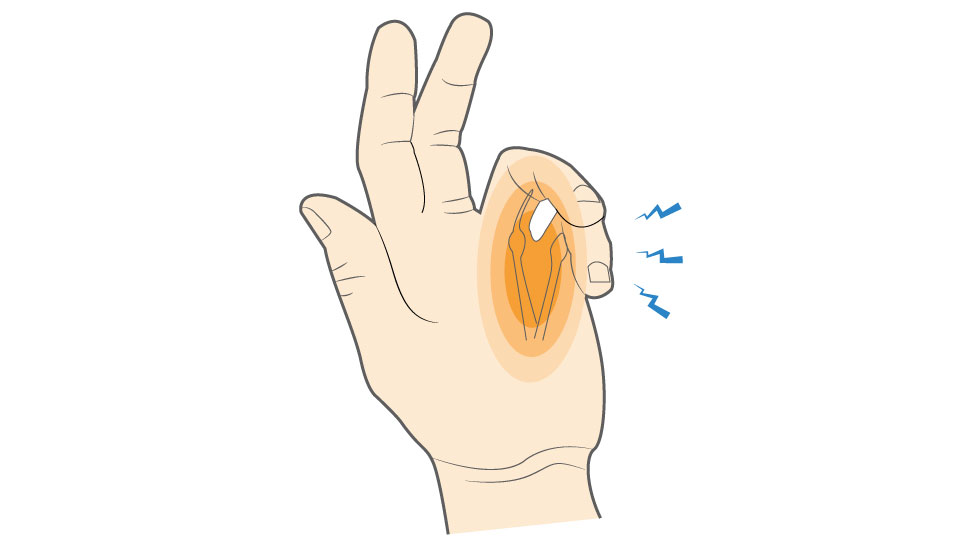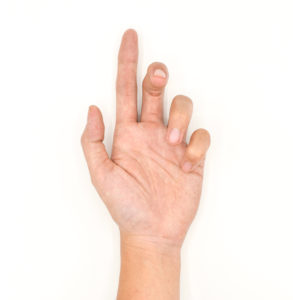Dupuytren’s contracture, also called Dupuytren’s disease, is a hand deformity that affects the fascia — a layer of fibrous tissue beneath your skin. Dupuytren’s disease causes the fascia to thicken and tighten over time, resulting in dense bands of tissue or small, hard lumps under the skin of your palm. Eventually, this can cause one or more fingers to bend toward the palm, known as Dupuytren’s contracture.
Worsening Dupuytren’s contracture can interfere with your ability to use your hand for everyday activities, like getting dressed and preparing food.



